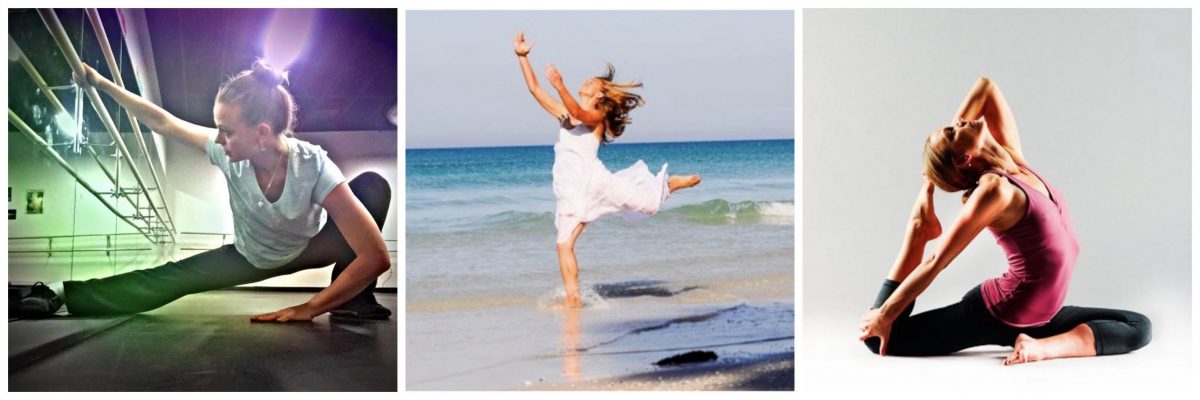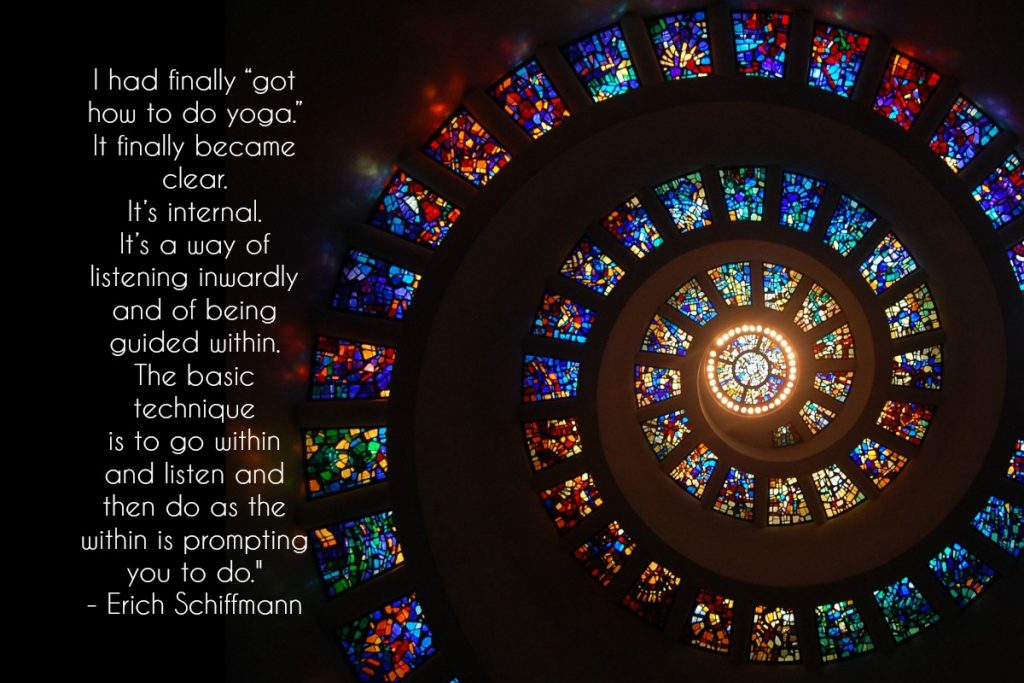I am a firm believer in the value of alternative education. My parents were public school teachers and I grew up observing their methods. My father was a middle school music teacher and my mother taught elementary school. I witnessed their enjoyment of creative education, their commitment to professionalism, and their bureaucratic struggles.
Growing up, I was recognized as a gifted and talented student, particularly in the Arts and Humanities. I attended young writers conferences, Girls State, and participated in the Odyssey of the Mind program. I was a competitive musician, an active thespian, and studied with world-famous dancers. I feel very fortunate to have had these outlets, as I did not enjoy standardized education.
In high school I wanted to attend private school but that wouldn’t have reflected well on my parents. So I chose the most alternative private college I could find. No grades, no tests – just an opportunity to enjoy my favorite subjects. I took a leave of absence to apprentice with a master teacher and choreographer. Sharing dance and yoga with thousands of children ignited my love of teaching.
I became a dance major at a state university but my interest in Traditional Eastern Arts led me to another alternative college. At Naropa University I experienced a synchronistic connection to my education. Whether I was engaged in a Socratic approach to Survival Skills, practicing yoga infused with philosophy, or learning the nuances of Tai Chi, it all interwove to form a rich tapestry of immersive, creative learning.
My teaching philosophy is rooted in these experiences. I especially enjoy working one-on-one and with groups of students over extended time frames. My yoga training has strengthened my ability to support students and colleagues in a balanced way. I believe in the importance of being thoughtful, disciplined and attentive to details. I welcome opportunities to further develop my skill set while leveraging my background.
If you enjoyed this article you might also like: The Bowl of Light




